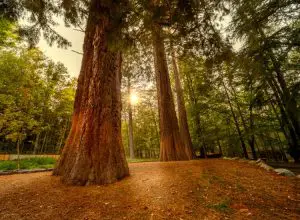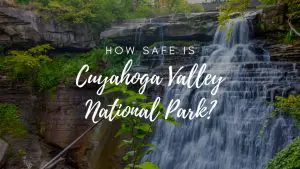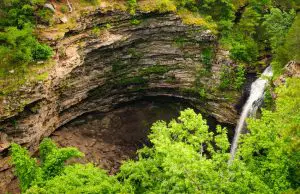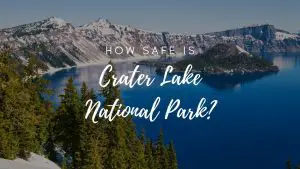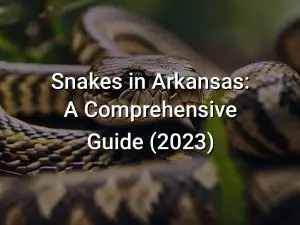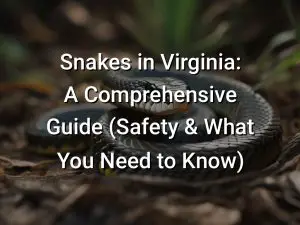Closest Airports To Hawaii Volcanoes National Park
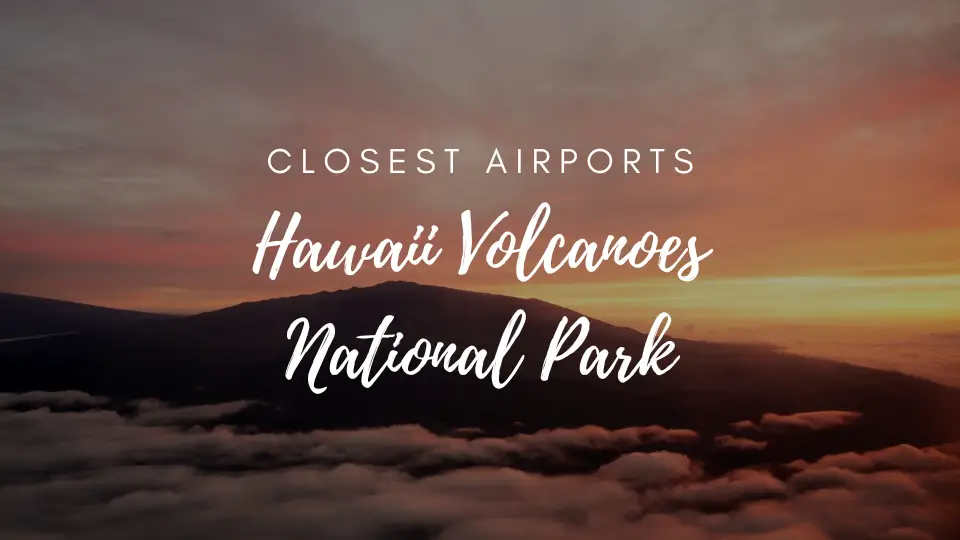
Hawaii Volcanoes National Park is a very popular national park located on the Big Island of Hawaii. It is home to two active volcanoes, Kilauea and Mauna Loa, which draw in visitors from all over the world.
While there is no airport located within the park boundaries, there are several airports on the Big Island that visitors can use to access the park. In this article, we will discuss the various airports near Hawaii Volcanoes National Park and provide information on the distance from the park, driving time, and the airlines served.
Quick Links
Closest Airports to Hawaii Volcanoes National Park
The two closest airports to Hawaii Volcanoes National Park are Hilo International Airport (ITO) and Kona International Airport (KOA).
Hilo International Airport is the closer of the two airports, located approximately 29 miles from the park.
- Distance From Hawaii Volcanoes National Park: 29 miles
- Driving Time: 45 minutes
- Airlines Served: American Airlines, Delta Air Lines, Hawaiian Airlines, United Airlines
Kona International Airport is located on the other side of the island, approximately 96 miles from the park.
- Distance From Hawaii Volcanoes National Park: 96 miles
- Driving Time: 2 hours
- Airlines Served: Alaska Airlines, American Airlines, Delta Air Lines, Hawaiian Airlines, United Airlines
While Hilo International Airport is closer to Hawaii Volcanoes National Park, Kona International Airport may be a better option for travelers looking for more flight options. Both airports offer rental car services, and shuttle services are also available for transportation to the park.
How To Get To Hawaii Volcanoes National Park From The Airport
The drive from Hilo International Airport to the park is approximately 30 miles, taking about an hour to complete. The road winds through lush rainforests, past farms and small towns, and eventually climbs up into the mountains. As you make your way towards the park, you’ll begin to see the lush greenery give way to volcanic landscapes, with blackened fields of lava and steam rising from cracks in the earth. The drive is scenic, but can be narrow and winding at times, so it’s important to drive with caution.
The drive from Kona International Airport to Hawaii Volcanoes National Park is approximately 100 miles and takes about two and a half hours. The road follows the western coast of the island, with breathtaking views of the ocean and the rugged coastline. You’ll pass through small towns and beach communities, before the road begins to climb up into the mountains. As you make your way towards the park, the scenery changes dramatically, with sprawling lava fields and stark, otherworldly landscapes. The road can be winding and steep at times, so it’s important to be cautious while driving.
It’s important to note that while both drives are scenic, they can be challenging for inexperienced drivers or those not used to driving in mountainous areas. It’s also important to be aware of weather conditions, as rain and fog can make driving conditions more difficult.
What Is the Closest City to Hawaii Volcanoes National Park?
The closest city to Hawaii Volcanoes National Park is Hilo, Hawaii. If you’re planning a trip to Hawaii Volcanoes National Park, Hilo is the perfect stop for your adventure.
Hilo is the largest city on the Big Island of Hawaii and is known for its lush rainforests, stunning waterfalls, and black sand beaches. The city is a hub of culture and history, with a variety of museums, art galleries, and cultural events throughout the year.
If you’re looking for things to do in Hilo, there are plenty of options. You can explore the Hawaii Volcanoes National Park, go snorkeling, take a helicopter tour of the island, or simply relax on the beach. Hilo also has a number of restaurants and cafes, serving up local Hawaiian cuisine and fresh seafood.
But of course, one of the best things about Hilo is its proximity to Hawaii Volcanoes National Park. And as I mentioned, along the way, you’ll pass through diverse landscapes, from lush rainforests to barren lava fields. Once you arrive at the park, you can explore the volcanic craters, hike through lava tubes, and see the ongoing volcanic activity that makes this park so unique.

